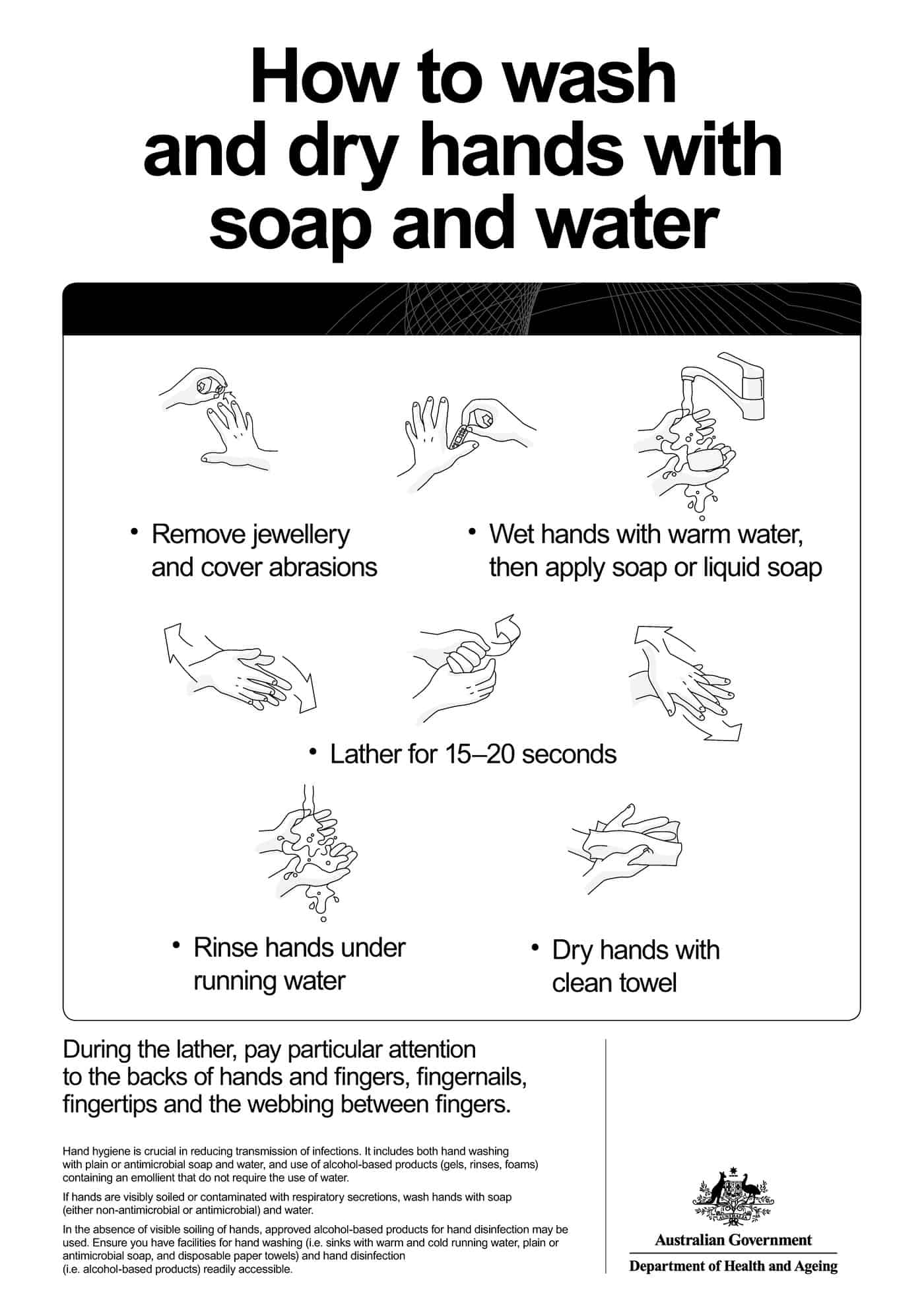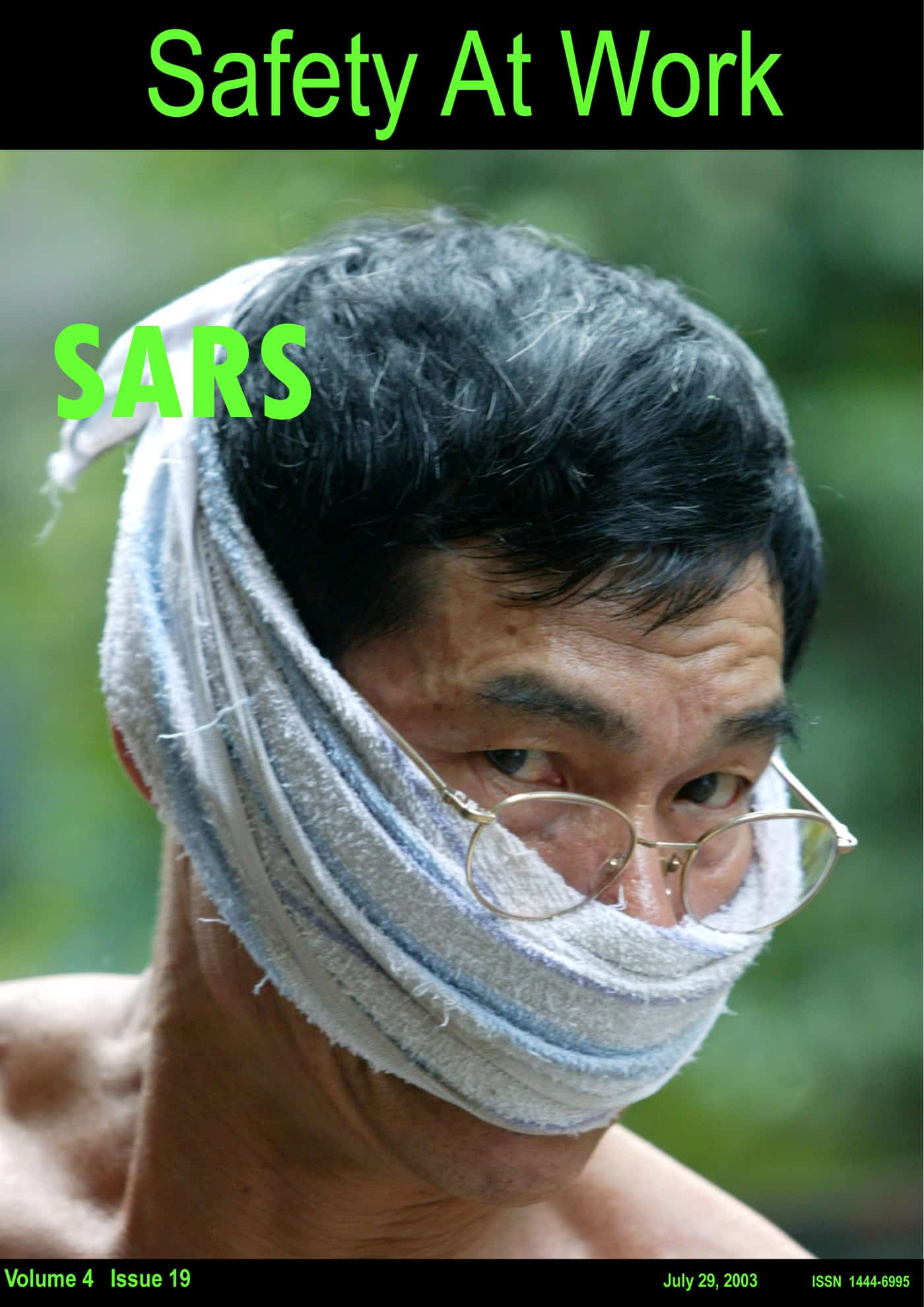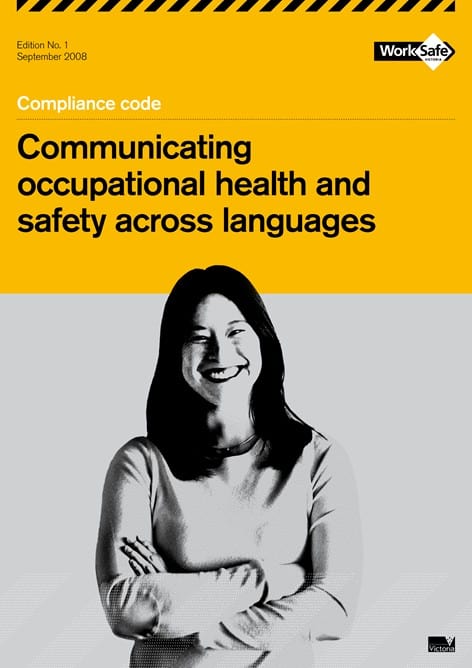This week workplace safety on a building site received a much needed dose of humour. The Australian show “ThankGod, You’re Here” had a comedian enter a pretend building site and have to face questions from an OHS inspector as if he was the owner of the site.
The sketch has added impact because of its timing. It is hard to imagine this occurring ten years ago in a society and industry where OHS compliance was less valued, when hardhats were considered optional and when brightly-coloured vests looked stupid. That the sketch is funny is a measure of how OHS regulation and enforcement has matured and just how successful the OHS regulators have been in changing the society’s attitudes to workplace safety in Australia.
Also, it shows something more illustrative of comedy, more true. In the sketch there are some wonderful stunts done by a small earthmover. Only last year there was outrage, and fines, over some forklift stunts done for real by a young driver in Melbourne. The environment makes the difference between laughter and outrage.
The success of the TV show’s concept is also indicated by the issue of the 12-year-old welder on the building site. The comedian, Merrick Watts, removes the issue of age by insisting the young boy is actually in his fifties and just looks younger.
WorkSafe Victoria, whose logo is worn by the pretend inspectors in the sketch, have said that they did not pay for brand placement and that the show did not belittle the work they do. In fact the show “actually showed that we have a job to do and that there are good reasons for it.”




